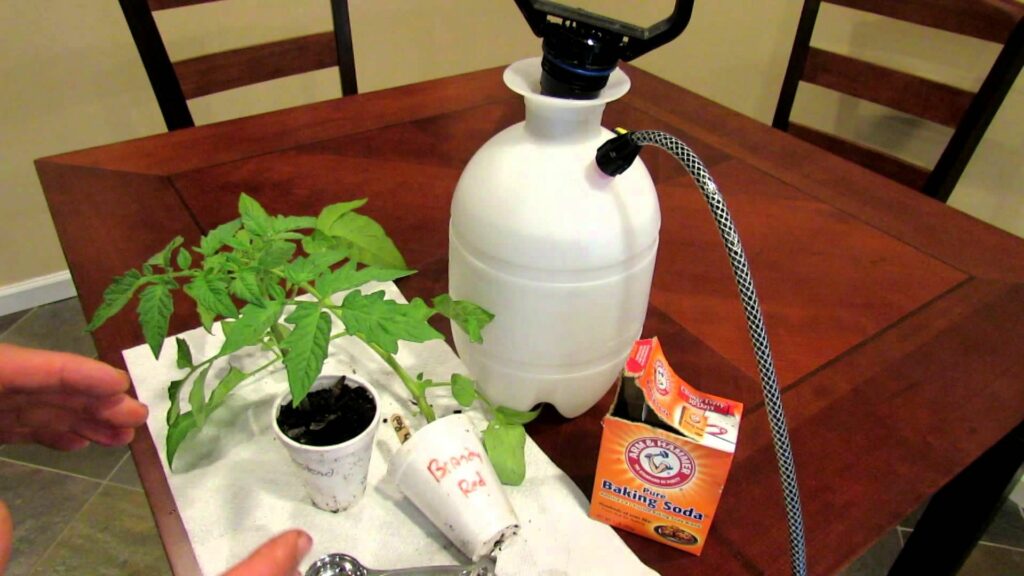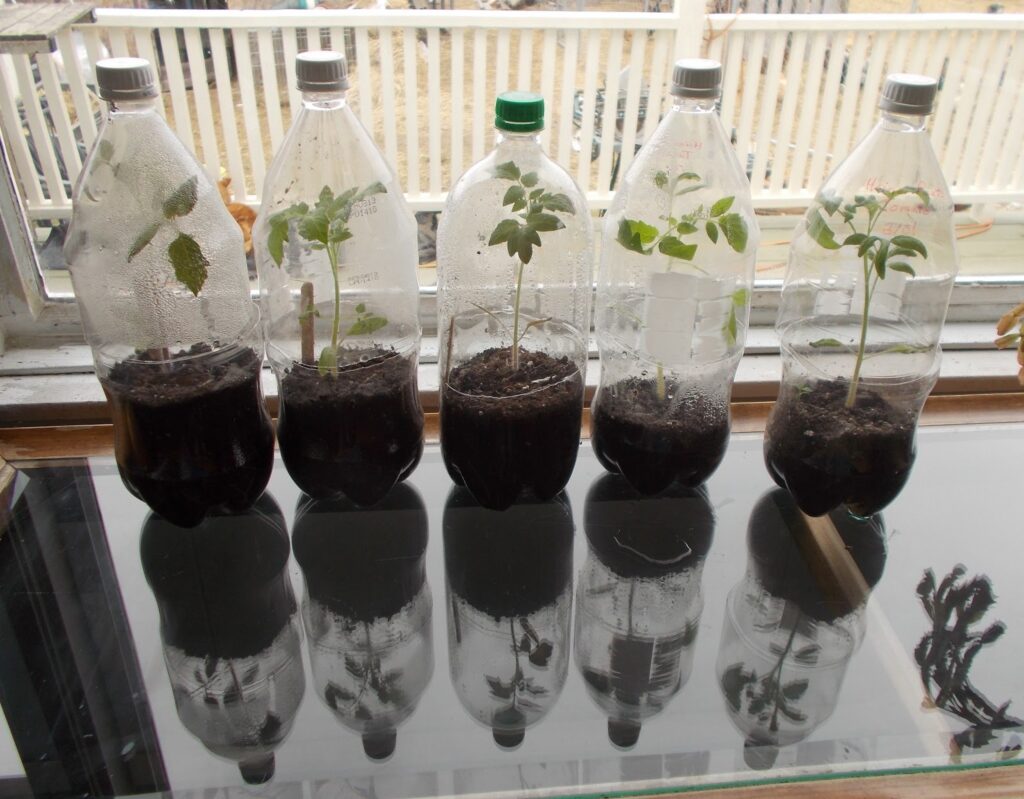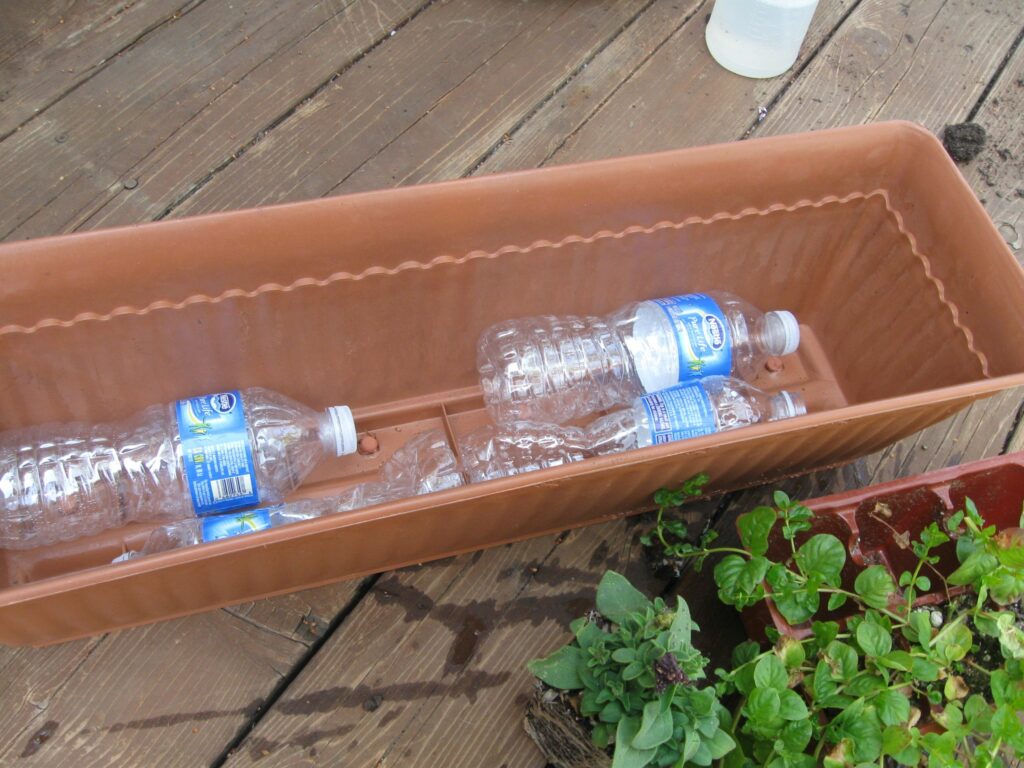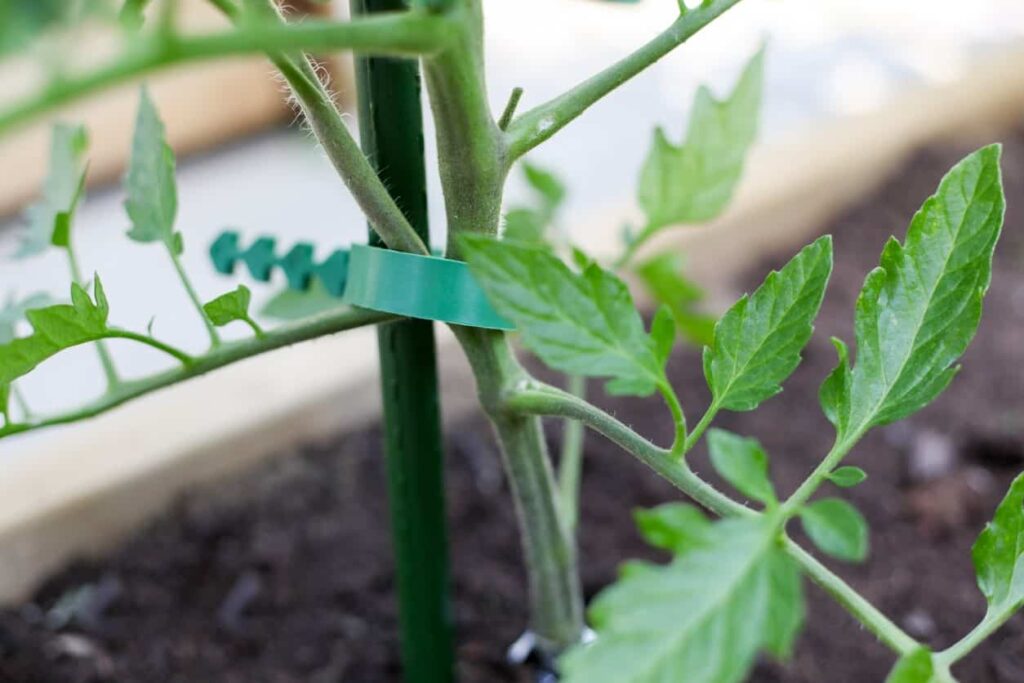If you’re searching for ways to reduce your carbon footprint, there’s an easy solution: create a sustainable garden in your own backyard! Gardening might seem like a lot of work, but with some eco-friendly tips and a little know-how, you can turn your outdoor space into a beautiful, green paradise. Discover how you can effortlessly bring your gardening goals to life with these simple yet effective tricks and do your part in contributing to a more eco-friendly planet.






























 Photo credit: familyandcommunityhealing.sg
Photo credit: familyandcommunityhealing.sg







